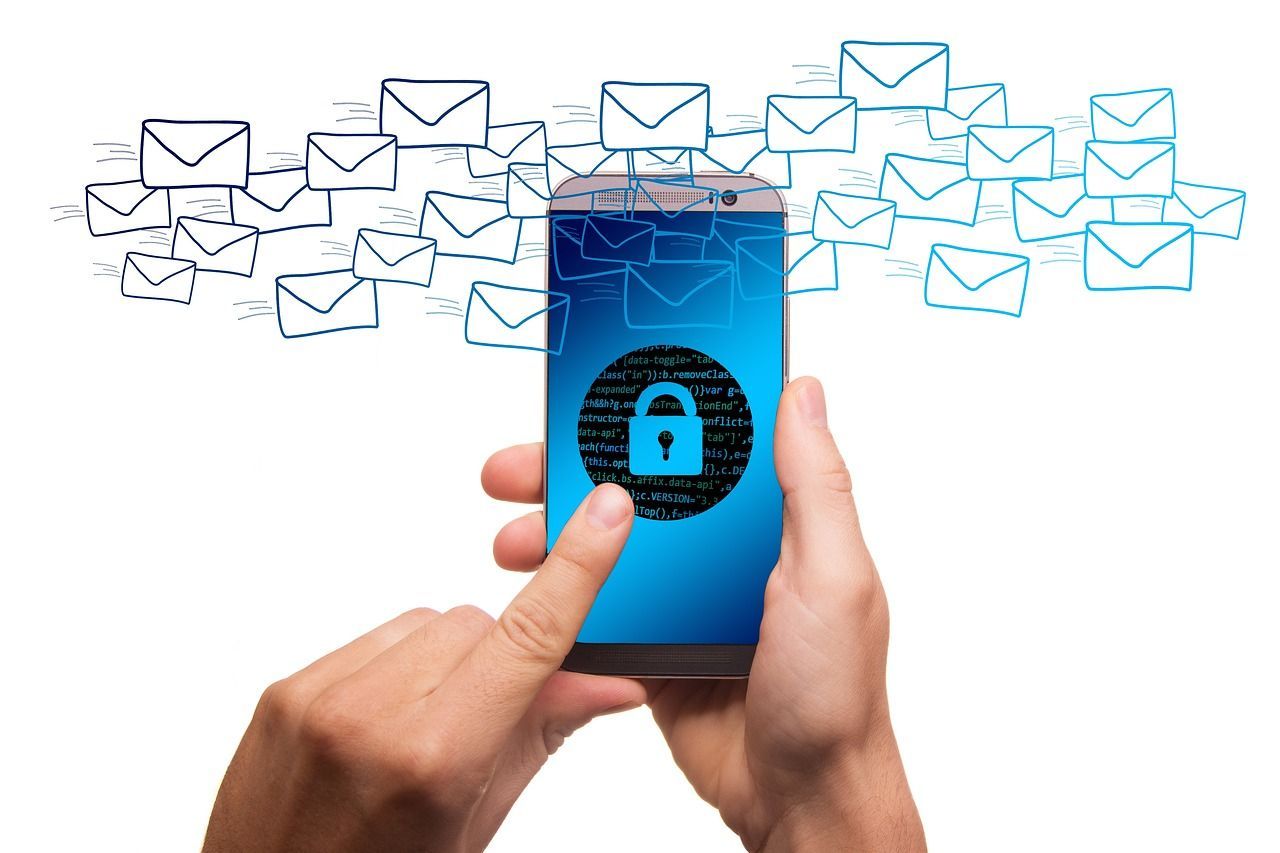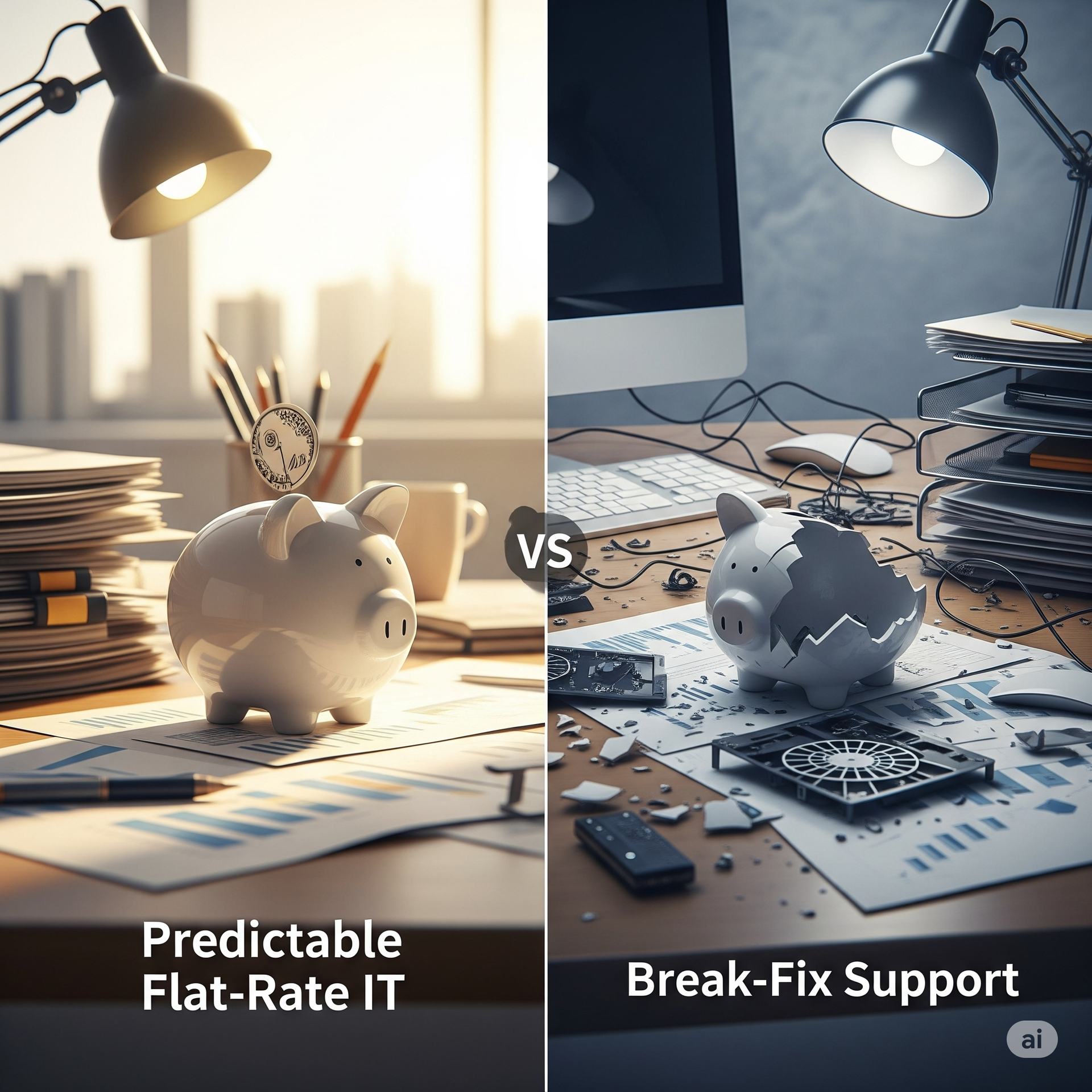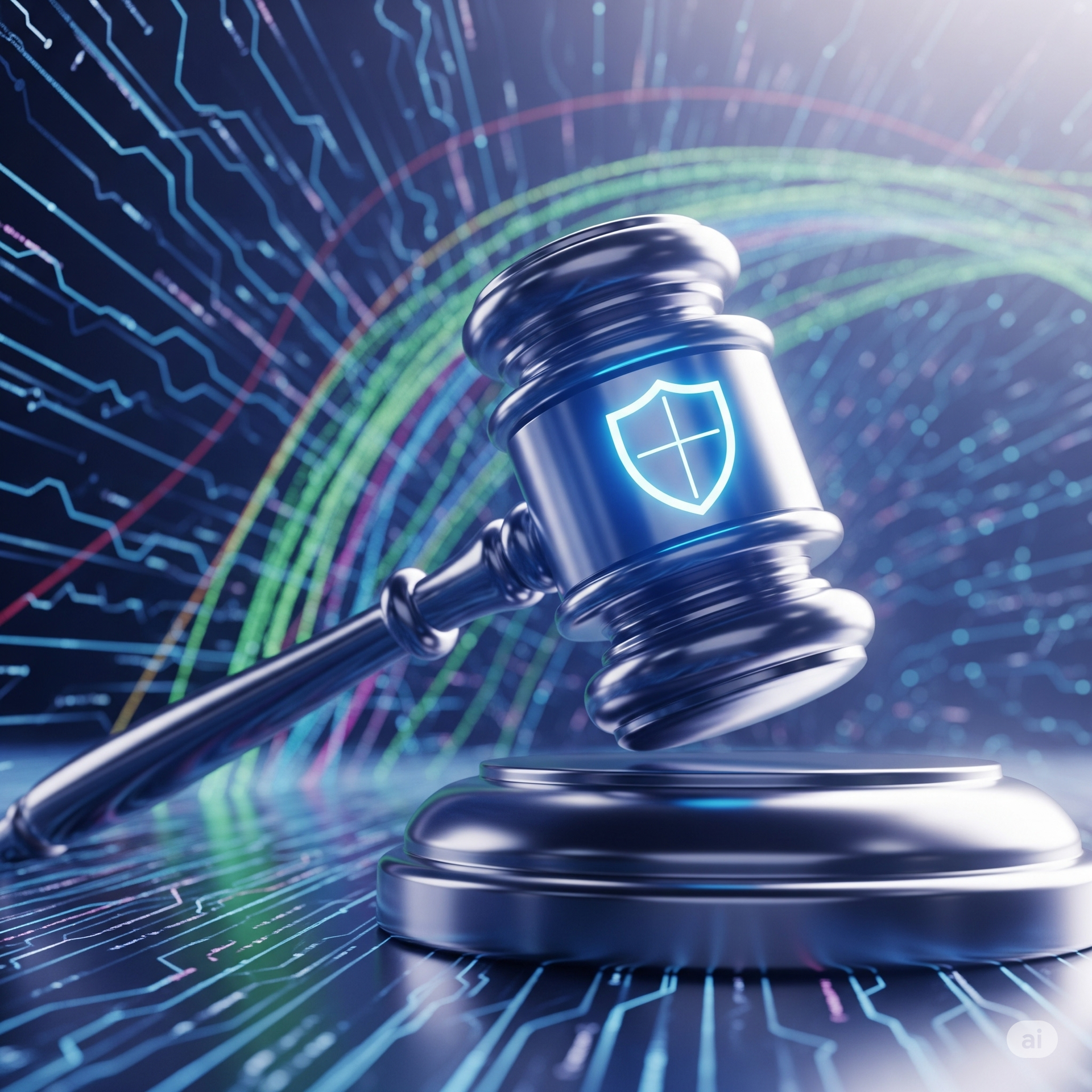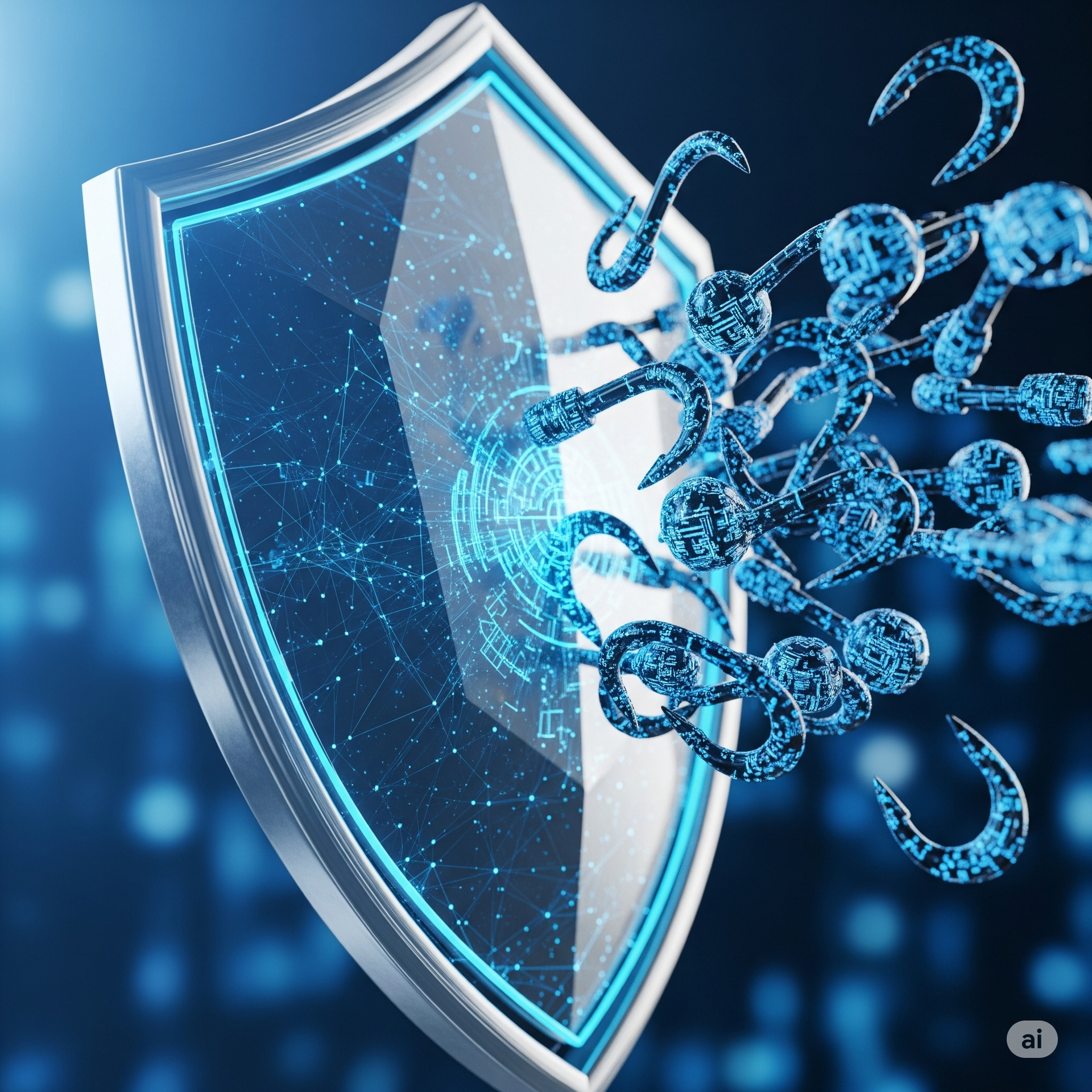Strengthening Business Security Against Advanced AI Phishing Threats
Strengthening Business Security Against Advanced AI Phishing Threats
Recognizing the Emerging Threat of AI-Driven Phishing Attacks
In the modern digital landscape, businesses are increasingly facing sophisticated phishing attacks powered by artificial intelligence (AI). These AI-driven phishing threats pose a significant risk, as they are more intelligent, automated, and capable of mimicking human behavior more convincingly than traditional phishing tactics. AI phishing attacks can craft highly personalized messages using publicly available data and machine learning algorithms, making them harder to detect and more likely to succeed. Businesses, particularly those without sufficient cybersecurity defenses, must acknowledge this growing threat and take proactive steps to safeguard their operations. Understanding the nature and potential impact of AI-driven phishing attempts is vital for any business aiming to protect its sensitive data, reputation, and financial stability. The consequence of ignoring these threats can be disastrous, resulting in data breaches that compromise customer trust and cause substantial financial loss.
Implementing Defensive Measures to Counteract AI Phishing
To combat the rise of advanced AI phishing threats, businesses should implement a comprehensive arsenal of cybersecurity measures specifically designed to mitigate these risks. One of the most effective strategies is to adopt sophisticated email filtering systems that utilize AI and machine learning to identify and block phishing attempts before they reach end users. Multi-factor authentication (MFA) adds an extra layer of security, making it difficult for attackers to gain unauthorized access even if they obtain login credentials through phishing. Additionally, the use of advanced endpoint protection solutions ensures that all devices connected to the business network are continuously monitored and secured against potential exploits. Regular software updates and patches are essential for closing vulnerabilities that hackers might exploit. These technical safeguards, when combined with a proactive organizational culture of security awareness, form a robust defense against phishing attacks.
Educating Employees on the Intricacies of AI Phishing
- Employee training is a crucial component of any comprehensive defense strategy against AI-driven phishing threats.
- By educating employees on recognizing the warning signs of phishing emails, businesses can significantly reduce the risk of successful attacks.
- Provide regular training sessions and resources to keep employees informed about the latest phishing tactics and safe online practices.
- Encourage a culture where employees feel comfortable reporting any suspicious activities without fear of persecution, leading to a more collaborative security environment.
- Interactive simulation exercises can serve as excellent tools to help staff practice identifying and responding to potential phishing attempts.
Partnering with Experts for Comprehensive AI Phishing Defense
In the battle against advanced AI phishing threats, partnering with cybersecurity experts is crucial for maintaining a fortified defense. HCS Technical Services offers businesses in San Marcos, Austin, Wimberley, and New Braunfels specialized services tailored to combat the unique challenges presented by AI-driven phishing attacks. Our seasoned professionals collaborate with your business to develop and implement a robust cybersecurity strategy, encompassing not only technological defenses but also employee education and continuous monitoring. Utilizing cutting-edge tools and years of industry experience, we ensure your business is equipped to detect, prevent, and respond to phishing attempts effectively. Our commitment to safeguarding your digital assets is rooted in a personalized approach that aligns with your business goals and operational nuances. Trust HCS Technical Services to be your cybersecurity partner and let us help you protect your business from the evolving landscape of cyber threats, ensuring a secure and resilient digital future.
HCS Technical Services












